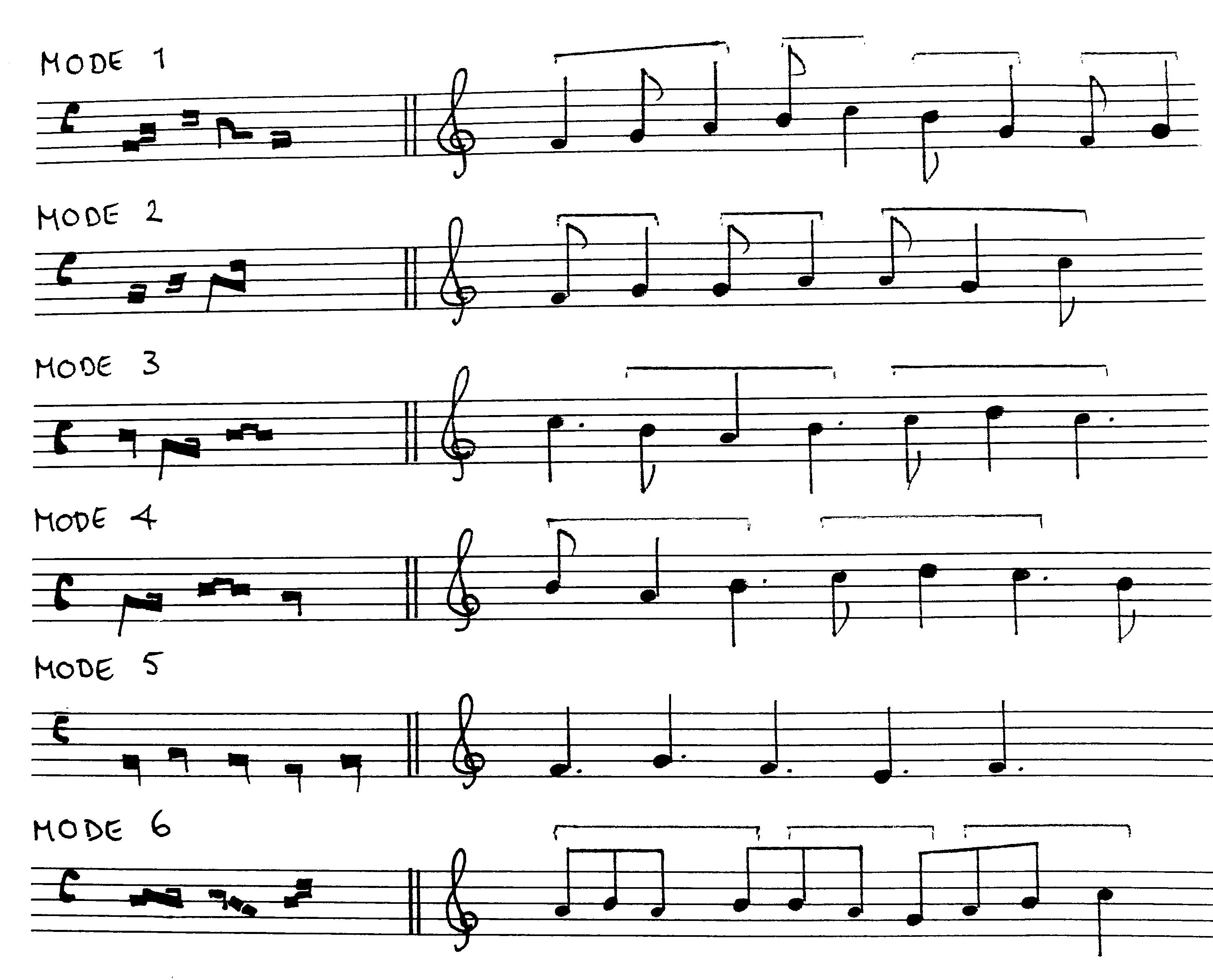
Baroque forms such as fugue, which might be called polyphonic, are usually described instead as contrapuntal. Within the context of the Western musical tradition, the term polyphony is usually used to refer to music of the late Middle Ages and Renaissance. Polyphony is a type of musical texture consisting of two or more simultaneous lines of independent melody, as opposed to a musical texture with just one voice, monophony, or a texture with one dominant melodic voice accompanied by chords, homophony. Bach's " Fugue No.17 in A flat", BWV 862, from Das Wohltemperierte Clavier (Part I), a famous example of contrapuntal polyphony. “ If you love me ” By user: A3A3A3A - (CC BY 2.A bar from J.S. “ BachFugueBar ” by Memoryboy - own work, Public Domain) via Commons Wikimedia3. " Pop Goes the Weasel updated " By Grímsvötn - Own work (CC BY-SA 4.0) via Commons Wikimedia2.

Encyclopdia Britannica, Encyclopædia Britannica, Inc. “ What is monophony, polyphony, homophony, monody, etc.? “. " Wikipedia, Wikimedia Foundation, July 21, 2021. The main difference between monophony, polyphony, and homophony is that monophony refers to music with a single melody line and polyphony refers to music with two or more simultaneous melody lines, while homophony refers to music where the main melodic line is supported by additional lines of music will (s).ġ. Monophony refers to music with a single melody line and polyphony refers to music with two or more simultaneous melody lines, while homophony refers to music in which the main melodic line is supported by additional music line (s). Polyphony is a musical texture made up of two or more simultaneous lines of independent melody, while homophony is a musical texture with multiple parts in which one melody predominates and others are either simple chords or sophisticated accompaniment patterns. Monophony refers to the simplest musical texture and consists of a melody or tune sung by a single singer or played by a single instrument with no accompanying harmony or chords. Melody-dominated texture, on the other hand, refers to other types of homophony that are not block chords.ĭifference between monophonic polyphony and homophony definition This is also a kind of block chord texture. Homorhythmic texture occurs when all parts of the melody and harmonies have the exact same rhythm. Homorhythmic texture and melody-dominated texture are the two main subspecies of homophonic texture.

In addition, we consider a melody monophonic when a group of singers sings the same melody together on exactly the same pitch when the same melody notes are duplicated in the octave - for example when men and women sing together.įigure 3: Homophony in Tallis' "If Ye Love Me" Most traditional songs as well as folk songs are examples of monophony. It consists of a tune or melody sung by a single singer or played by a single instrument with no accompanying harmony or chords. In musicology, monophony refers to the simplest musical textures. Homophony, monophony, polyphony What is monophony? Difference between monophony polyphony and homophony - comparison of the main differences key terms

What is homophony - definition, functions 4. What is polyphony - definition, functions 3. What is monophony - definition, functions 2. In addition, there are three types of monophony, polyphony and homophony.

Musical texture refers to the combination of melodies, harmonies, rhythms, shape, tempo, and timbre in a composition. The main difference between monophony, polyphony, and homophony is that monophony refers to music with a single melody line and polyphony refers to music with two or more simultaneous melody lines, while homophony refers to music where the main melodic line is from an additional line of music is supported (S).


 0 kommentar(er)
0 kommentar(er)
